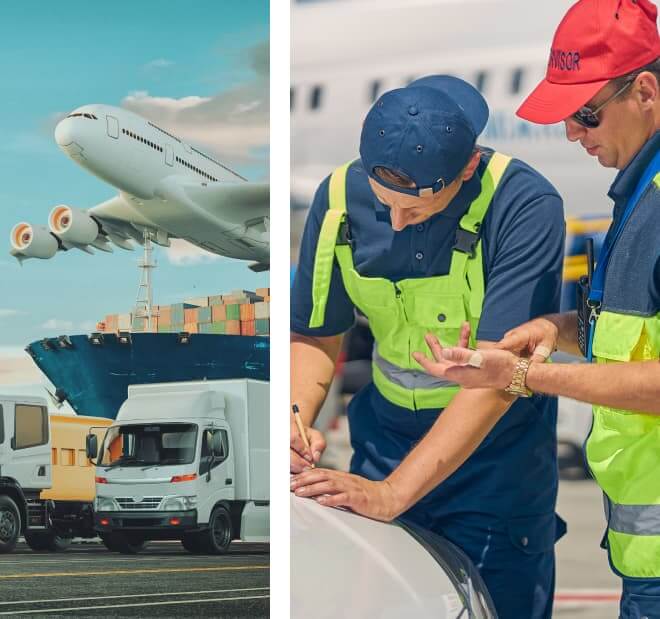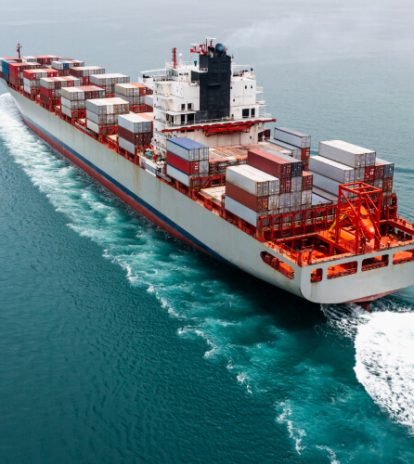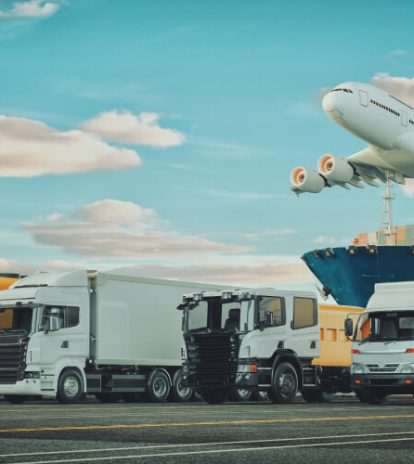Frequently asked Questions

Logistics problems can be reduced by optimizing routes, implementing transportation management systems, enhancing supply chain visibility, improving inventory management, consolidating shipments, and using data analytics. Additionally, developing strategic partnerships, investing in warehouse management systems, and implementing automation technologies can also help streamline logistics operations. By adopting these strategies, businesses can reduce costs, improve efficiency, and enhance customer satisfaction.
The best way to manage logistics is to implement a combination of technology, planning, and collaboration. Utilize transportation management systems, warehouse management systems, and data analytics to optimize routes, inventory, and supply chain visibility. Develop strategic partnerships with carriers, suppliers, and customers to improve communication and efficiency. Finally, continually monitor and adapt logistics operations to meet changing demands and customer needs.
There are several types of logistics, including:
- Inbound logistics (managing incoming goods and materials)
- Outbound logistics (managing outgoing goods and products)
- Third-party logistics (outsourcing logistics to a third-party provider)
- Reverse logistics (managing returns, repairs, and recycling)
- Green logistics (environmentally sustainable logistics practices)
- E-commerce logistics (managing online orders and deliveries)
- International logistics (managing global supply chains and imports/exports)













